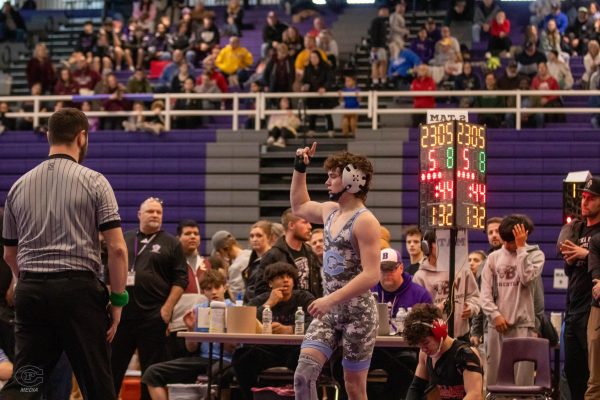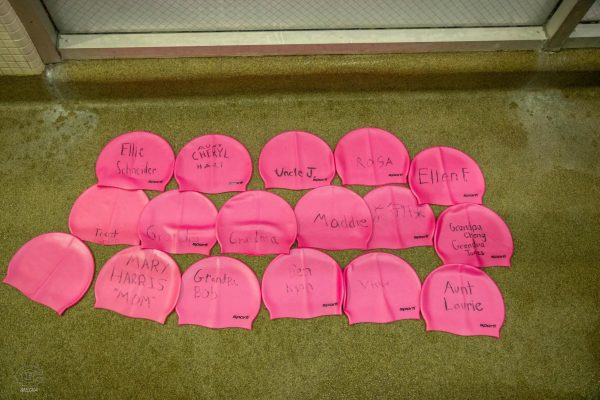Opinion: Costs don’t Justify Streetcar
April 28, 2017
The proposal is to have a streetcar travel from north downtown to downtown and then west to Midtown Crossing, the Blackstone district, the University of Nebraska Medical Center, and along Farnam and Harney Streets. The light-rail style train would carry up to 160 passengers at a time and the tracks would be intertwined with automobile traffic. The hefty $140-156 million dollar price tag has taxpayers, particularly those hailing from West Omaha, worried about footing the bill. On top of the high investment price to get this streetcar project built to completion, it will cost approximately $7 million to operate yearly. It is relatively indisputable that the streetcar could help the revitalization efforts of a regrowing Midtown, but the initial plans for what locations the streetcar will cater to is a very limited portion of the taxpayers who will pay to make this project possible.
One assessment for the funding of the streetcar, presented to the Omaha City Council in February of 2017, believes that local funding, mainly through city funding, philanthropic donation, and tax-increment financing via real estate developments could have the streetcar project completed by 2021. The assessment concludes that those who reap the benefits of the streetcar would also be paying for a majority of it. However, this theory is contingent on the impact of the pending streetcar on the real estate market, in particular. As America has seen through rather turbulent recent years in the real estate market, there are no guarantees.
It is estimated that if a streetcar fare of $1.25 per ride were to be charged, only $700,000 a year would be initially generated. An additional $500,000 could be generated if $1.50 were to be charged for tickets during the College World Series. These figures look mildly promising, at first. It is crucial, though, to compare these figures with the approximately $7 million annual operating costs. In comparison, parking stall fees of $10 a month for surface lots or garages in downtown and midtown generate almost $4.2 million a year.
Some streetcar advocates have cited the overpass built over the 114th and Dodge and 120th and Dodge intersections for true taxpayer burden injustice. Their argument that additional taxation East Omaha residents faced to help a major West Omaha infrastructure development should be likened to the necessity for everyone to pitch into a strictly East Omaha streetcar is flawed. While the Dodge overpass is in West Omaha and was made, in part, to help West Omaha commuters with traffic congestion, the overpass is not strictly or solely used by West Omaha residents. In actuality, the Dodge overpass is used by residents from all over Omaha to head to western Nebraska, states on Nebraska’s western borders, and by travelers coming into Omaha that wish to take a connecting highway or interstate after merging onto Dodge.
The streetcar is not the only infrastructure improvement idea that has been floated around the halls of City Council. Efforts for a rapid bus transit system that hopes to connect more Omahans and operate more efficiently than the current bus transit have already been authorized $30 million in federal grant funding and construction efforts will begin in 2018. The streetcar alternative is anticipated to cost 4-5 times as much as the bus expansion due to embedded track and wiring needs. While the streetcar could potentially receive federal funding, that application process could take up to 10 years before any money comes to fruition.
The streetcar has made its way into the campaigns of mayoral candidates Heath Mello and incumbent Jean Stothert. Mello has caused for Stothert to halt all current efforts being invested into the streetcar project, which includes but is not limited to her assembly of an advisory committee and the design of possible streetcar routes. Despite his call for a temporary stop, Mello has been supportive of the streetcar. Stothert admits seeing the positives of the project, but offers the ultimate decision be left up to the taxpayers. This issue may very well show up on a ballot in the near future. When deciding, remember to consider the financial costs, practicality, and alternatives before casting your vote.




